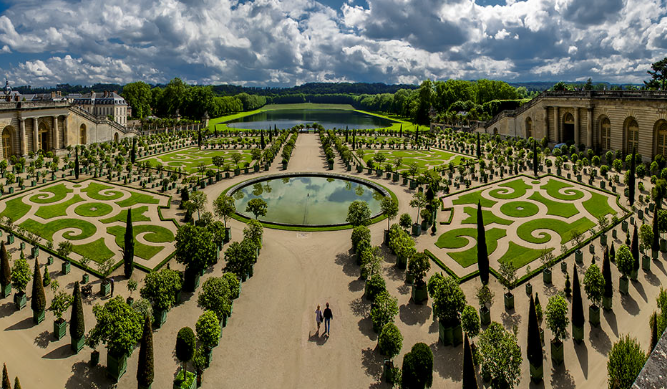Famous Modern Landscape Architects: Shaping Our Outdoor Spaces
Landscape architecture is a vital field that transforms the way we interact with our environment. Modern landscape architects bring a unique blend of creativity and sustainability to their designs, shaping parks, urban spaces, gardens, and public areas that enhance our quality of life. This article highlights some of the most influential modern landscape architects, showcasing their contributions and the impact they have on our communities.
Innovators in Sustainable Design
One of the leading figures in sustainable landscape architecture is Michael Van Valkenburgh. Known for his commitment to environmentally friendly practices, Van Valkenburgh has designed numerous influential public spaces, including Brooklyn Bridge Park in New York and the St. Louis Arch grounds. His work often emphasizes ecological health and community engagement, integrating natural systems and local heritage into his designs. This approach not only beautifies urban environments but also promotes biodiversity and sustainability, making his projects vital in today’s rapidly changing climate.
Redefining Public Spaces
Another prominent modern landscape architect is James Corner. He gained international acclaim for his work on the High Line in New York City, a project that transformed an abandoned elevated railway into a vibrant public park. Corner’s designs focus on the social and cultural aspects of landscape, creating spaces that encourage community interaction and foster a sense of belonging. His innovative approach to reimagining underutilized urban areas has inspired many cities around the world to consider how they can creatively invest in their public spaces.
Creating Interactive Environments
Patricia O’Donnell is a celebrated figure in landscape architecture known for her ability to create engaging and interactive environments. With a background in historic preservation, O’Donnell emphasizes the importance of context in her projects. Her notable work includes the revitalization of the grounds at the National Park Service headquarters in Washington, D.C. By blending modern design with historical elements, O’Donnell crafts spaces that resonate with visitors and encourage exploration and learning. Her approach highlights how landscape architecture can tell stories and connect people to their surroundings.
Conclusion
Famous modern landscape architects are not just shaping the physical landscape; they are also influencing how we experience our environment and interact with one another. From sustainable practices to community-focused designs, their work is essential in creating spaces that are both beautiful and functional. If you’re intrigued by the potential of landscape architecture, consider exploring the works of these architects further or even getting involved in local projects to enhance your own community. Every effort counts in making our outdoor spaces more inviting and accessible for everyone!

